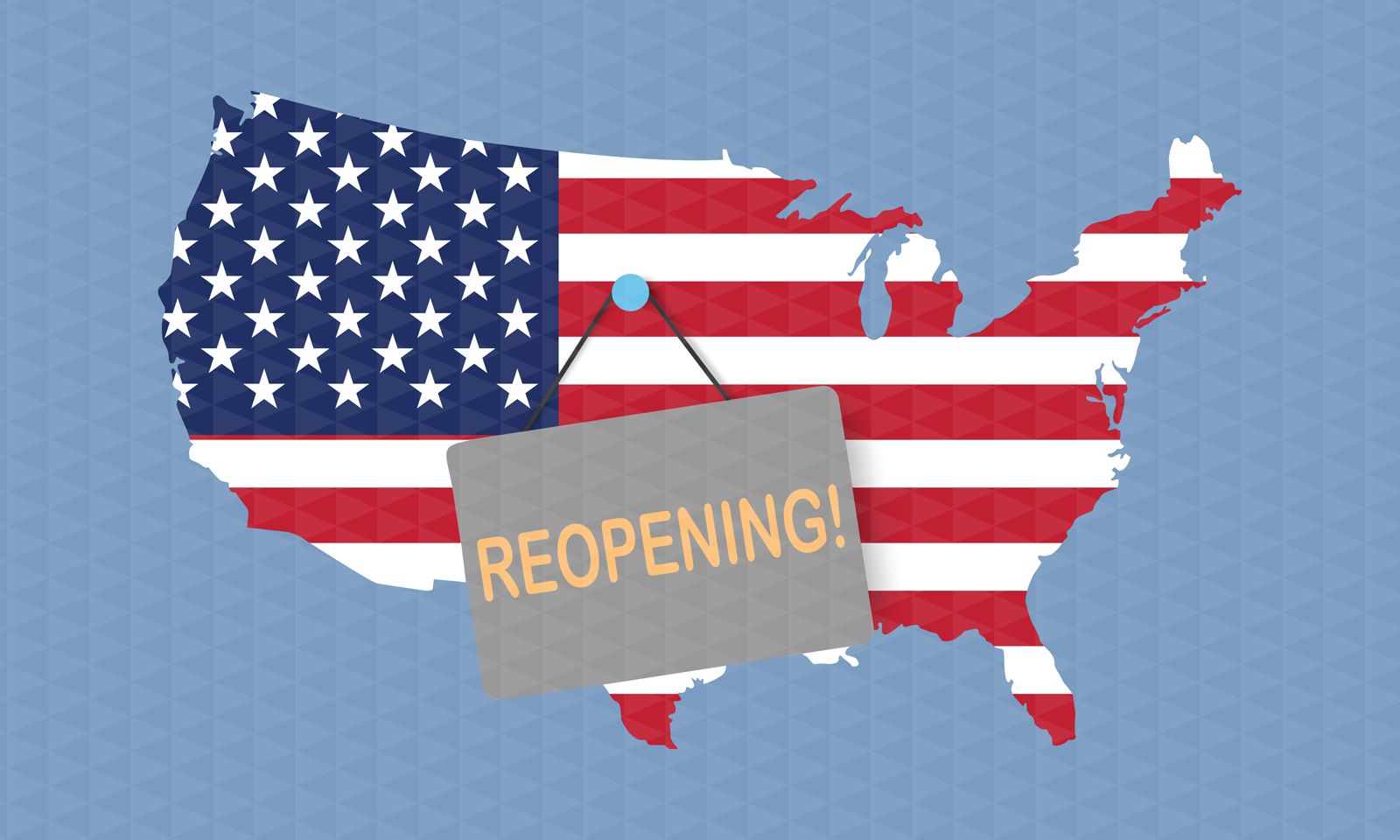Preparing Your Workforce as Business Reopens: 5 Things Every Employer Must Do
The easing of coronavirus-related restrictions and gradual re-starting of the economy is music to the ears of many employers. While the path forward remains uncertain – including how operations will be restructured, how quickly revenue will recover, and what the long-term future has in store – the success of every organization depends on how it engages and empowers its most critical resource: its workforce.
The workplace has changed immensely over the past few months, making a return to “business as usual” impossible. Here are 5 things every employer should be doing to prepare and support employees, and increase the likelihood of a productive and profitable reopening.
Make health and safety the top priority.
This is foremost on the mind of every employee being asked to return to the office. The CDC, along with state and local health departments, have developed a host of protocols designed to ensure employees can work safely in a traditional setting. From temperature checks to social distancing to regular cleaning and disinfection, be certain you’re taking every step possible to protect and reassure employees.
Communicate honestly, openly and often.
Employers need to take a hands-on, proactive approach to sharing timely and relevant information with employees. Clearly articulate new policies and procedures, provide updates as situations change, and be readily available to answer questions. In fact, it’s fine to over-communicate; regular emails, newsletters, phone calls and meetings (virtual or socially distanced) will keep everyone on the same page.
Determine how staff will be deployed.
If you’ve furloughed employees, are they ready to come back? If you’ve gone to mostly remote work, do you need every employee back in the office, or have some been just as (or more) productive working from home? Is it best to start with staggered shifts, or to adopt a hybrid model of at-home/in-office work? Now is the time to make adjustments that will benefit both employees and the organization.
Identify gaps that need to be filled.
In some cases, furloughed employees may not want to return to work; others may have found new positions elsewhere. Or, employers may have uncovered areas that can be either reduced or expanded. Above all, companies need to know they can handle the work to come, particularly if they’ve trimmed staff. Hiring temporary workers is a low-risk approach to ensuring business gets done even as economic uncertainty remains.
When in doubt, be flexible.
As we navigate the “new normal” of the business world, there is not a playbook that either employees or employers can follow. While keeping their eyes on the ultimate goal – profitability – employers that are flexible about addressing their workforce needs will be best positioned to succeed. Whether employees are full-time or temporary, in office or at home, or a mix of each, keep in mind that what matters most is the impact on the bottom line.
Creating, developing and managing an effective workforce are the lifeblood of any organization – and in the current environment, that mission has never been more important. Fortunately, there is no need for employers to go it alone. If your company needs expert advice or assistance as you ramp up operations, we’d be delighted to talk to you.
About the Author

Nick Maciariello, Director of Sales, Alaant Workforce Solutions
When it comes to making great hiring decisions, Nick is all about delivering the best outcomes to clients. To do this, he helps them understand the value that HR technology adds to the hiring process to streamline it and make it more effective.
